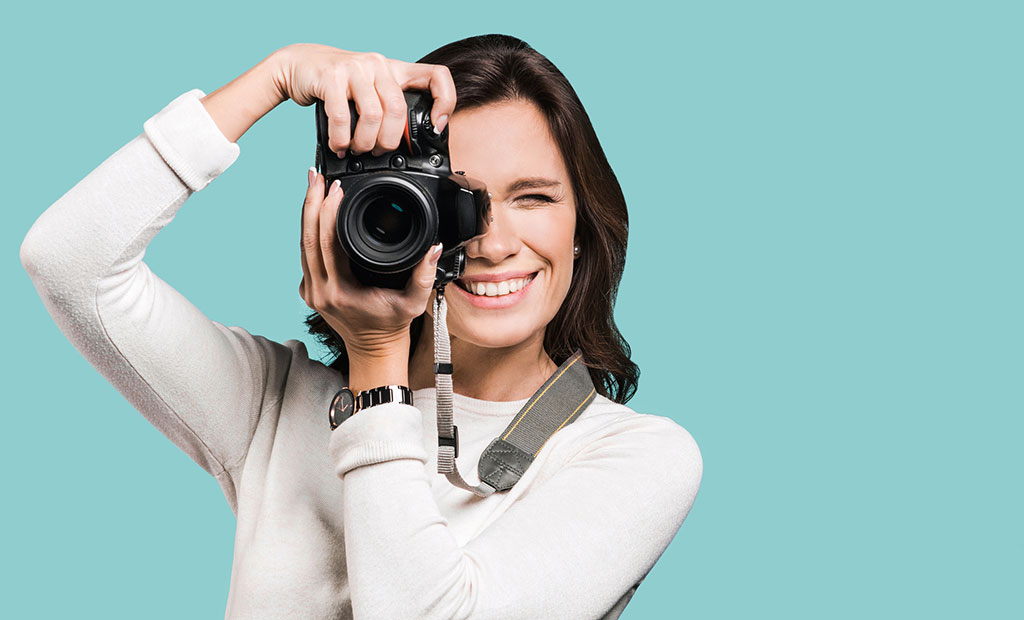Every event the PTA holds is a photo opportunity, and nothing gives a clearer idea of the proceedings than a well-shot image. In today’s visual culture people expect to see images everywhere and many of us have a camera to hand on our phone. Use bright, vibrant photos:
- To remind everyone what a good time they had
- To show parents who didn’t attend what they missed
- To allow PTA volunteers to see part of an event they may have missed
- To show potential PTA members what a fun lot you are
- To promote your event if you hold it again.
Permissions: Schools have different policies around photo usage. Check to see what the guidelines are at your school to ensure you’re using photos with appropriate permissions. Typically, the school would let parents know beforehand that the PTA will be photographing at an event. Whoever has the job of photographer should carry ID and be easy to spot, for example wearing a fluorescent vest.
Be fit for purpose
A little planning will help you get a range of shots. The better you plan, the more you will get out of the shoot. So you don’t miss anything important, find out what the event is about, who will be attending, when and where particular activities are going to happen. Think about where you might like to use the photos, who will see them and the reaction you hope to achieve.
Arrive early: Be in the right place at the right time and make sure you know the event timings. For example, if you want photos of the raffle draw, make sure you’re there at least ten minutes before it’s due to happen. It helps to become familiar with the layout – know where activities are happening in case you need to dash from one to another. If there are there any people who absolutely must be in the photographs, find about them in advance. Make sure you know who they are and what they look like.
Lighting: How much light, and from what source, will be available? Are you shooting in the middle of the day or at night? Will you be inside or outside? If it’s an inside event, how many lights can you switch on without losing the atmosphere? The more challenging the lighting situation, the more an experienced photographer can help.
Tell the whole story: From set-up to clean-up, let your photos tell a story. People love seeing behind-the-scenes shots. Set-up is also an excellent time to recce the layout and take some practise shots.
Use the best equipment you can
If you can find a parent who’s a photographer or keen hobbyist with an array of equipment, that’s probably your best choice. If not, then use your phone. Set the camera to the highest possible quality; make sure it’s charged; check there’s enough storage available to cover everything you might want. A phone can be ideal if something unusual happens and you can’t wait for your photographer to find the right lens. Be familiar with your kit and how it works – this is not the time to try out a new piece of tech!
Mix up your shots
Take photos from different angles: try crouching down, lying down, standing over the heads of people on the ground or get up on a chair for an overview. See what you can achieve with a selfie stick, or use a 45-degree angle for fun. Make sure you get all the shots you’ve planned, but be ready to shoot spontaneous images of the action as it happens too. Move around the event, capturing candid shots, rather than posed images with forced smiles. Don’t interrupt the flow of what’s happening. Just observe. If your event involves food, avoid photographs of people chewing big mouthfuls – they won’t thank you. Try to take a few frames of each shot just in case one doesn’t work for some reason.
The importance of editing
As soon as the event is over, find a quiet place to edit. Delete any fuzzy pictures, shots where you can’t see what’s happening and anything containing your thumb! The number of shots you present as your final edit will depend on what you want to use them for – check your original plan.
Delivering your images
Send your images to whoever needs them as soon as you can. You will be dealing with some large file sizes, so arrange to use a method that can cope, such as DropBox or WeTransfer. Make sure you have agreed on how to keep the original files safe so they are available when you start planning next year’s event.
Shoot video
Don’t forget smartphones also take great video. Putting video on social media helps you get more views and is an excellent way to capture the event. If you want to attempt something even more ambitious, find a time-lapse app and record the whole event as a three-minute spectacular!





.gif)





